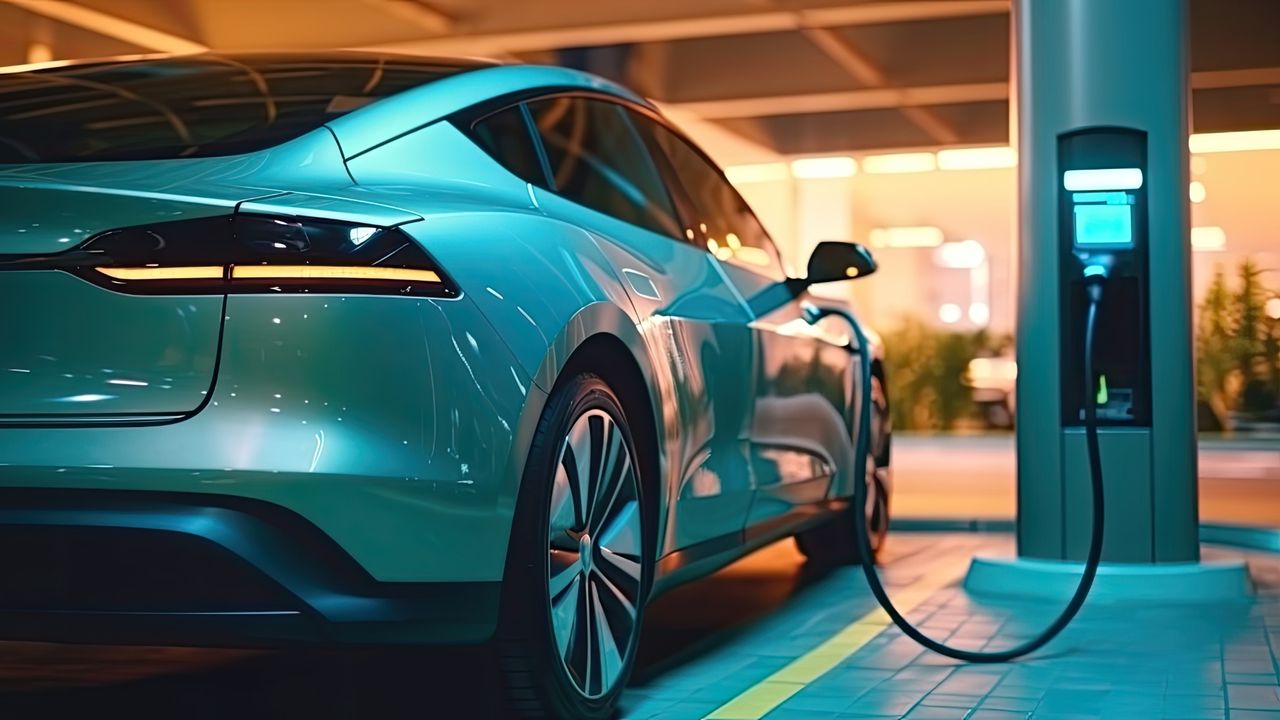Fast Charging vs. Slow Charging for Electric Vehicles
When it comes to charging electric vehicles (EVs), there are two main options available: fast charging and slow charging. Both methods have their advantages and disadvantages, and understanding the differences between them can help EV owners make informed decisions about their charging needs.
Fast Charging
Fast charging, as the name suggests, allows EVs to charge at a much faster rate compared to slow charging. This is made possible by higher charging station power output, typically ranging from 50 kilowatts (kW) to 350 kW. With fast charging, EV owners can recharge their vehicles in a matter of minutes rather than hours.
Advantages of Fast Charging
- Convenience: Fast charging is ideal for EV owners who are always on the go and need quick top-ups. It allows for shorter charging sessions, reducing the time spent at charging stations.
- Long-distance travel: Fast charging is crucial for long trips, as it enables EVs to cover more miles in a shorter amount of time. This makes it easier to plan road trips and reduces range anxiety.
- Availability: Fast charging infrastructure is expanding rapidly, with more charging stations being installed in various locations. This means that finding a fast charging station is becoming increasingly convenient for EV owners.
Disadvantages of Fast Charging
- Cost: Fast charging stations tend to be more expensive to install and maintain compared to slow charging stations. This cost is often passed on to the consumer, resulting in higher charging fees.
- Battery degradation: Fast charging generates more heat, which can accelerate battery degradation over time. However, modern EVs are designed to handle fast charging without significant negative impacts on battery life.
- Power grid strain: Fast charging stations require a significant amount of power, which can strain the local power grid. This may lead to increased demand on the grid and potential power outages if not properly managed.
Slow Charging
Slow charging, also known as level 1 or level 2 charging, involves using a standard household outlet or a dedicated charging station with a lower power output. The charging rate for slow charging typically ranges from 3 kW to 22 kW, depending on the charging equipment and the EV’s capabilities.
Advantages of Slow Charging
- Cost-effectiveness: Slow charging is generally more cost-effective, both in terms of installation and charging fees. Home charging stations can be installed at a lower cost, and electricity rates for slow charging are often cheaper.
- Battery longevity: Slow charging generates less heat, which helps preserve the battery life of EVs. This can result in longer-lasting batteries and potentially lower maintenance costs in the long run.
- Power grid-friendly: Slow charging puts less strain on the power grid compared to fast charging. It allows for a more balanced distribution of power demand and reduces the risk of overloading the grid.
Disadvantages of Slow Charging
- Time-consuming: Slow charging takes significantly longer compared to fast charging. A full charge can take several hours, which may not be suitable for EV owners who require frequent long-distance travel or have limited charging time.
- Availability: Slow charging infrastructure may not be as widespread as fast charging infrastructure, especially in public areas. This can make it challenging to find a suitable charging station, particularly for those without access to home charging.
Conclusion
Choosing between fast charging and slow charging for electric vehicles depends on individual needs and circumstances. Fast charging offers convenience and quicker top-ups, making it ideal for long trips and busy lifestyles. However, it comes with higher costs and potential battery degradation. On the other hand, slow charging is more cost-effective, better for battery longevity, and power grid-friendly. It is suitable for EV owners with access to home charging and who do not require frequent fast top-ups.
Ultimately, a combination of both fast and slow charging infrastructure is necessary to meet the diverse needs of EV owners. As the charging infrastructure continues to expand, the availability and accessibility of both fast and slow charging options will improve, making electric vehicles an even more viable and sustainable transportation choice.
